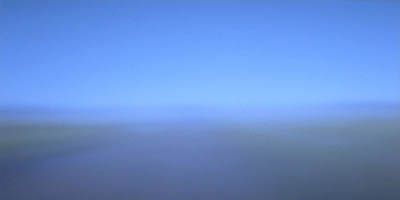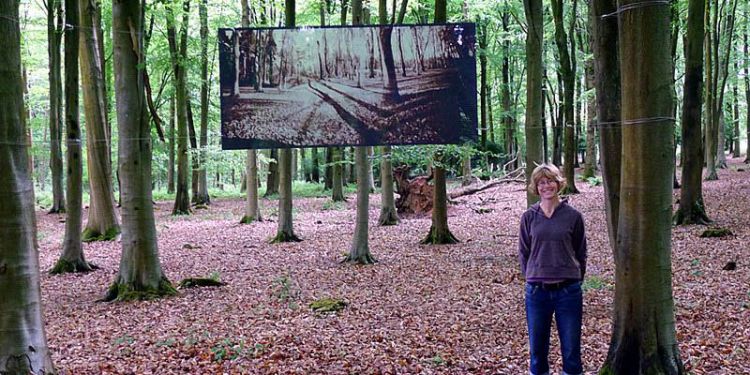Research project
Space of Place
- Start date: 2010
- End date: 2011
- Primary investigator: Helen Burgess
Description
The phenomenological experience of space in non-urban places translated through a visual arts practice.
So I’m sitting here trying best to describe ‘place’.
Do I describe where I am?
Do I describe the weather, the bird life, the smell?
I have realized in my search for a description of place, it is so often best imagined through the senses and through the memory of the senses…
Something about the combination of sounds tells me it is early evening and the sun is out and it is summer.
Place connecting with time.
- Dean, 2005, p178
My recently completed MA research, explored how a phenomenological experience of place could be effectively translated using the medium of pinhole photography. I chose to focus on pinhole photography because I was sure that its technical characteristics could begin this translation, the infinite depth of field and flattened field of representation, as well as the long exposure times that capture movement.
This project explored the relationship between time and photographic process and approached photography as both a visual and physical construct.
My initial investigation was how to translate the experience of space felt whilst walking through a non-urban place. Photographs were made, by taking long (up to one minute) exposures holding the pinhole camera whilst walking. These photographs were not intended to be an actual representation of place, but to contain elements of my experience at that moment whilst I was walking. However, even though the photographs did contain these elements, the photographs could not effectively translate my experience.
As part of my working process, I had been recording the date, time and the coordinates of the place in which the photograph was taken. These recordings were an important part of my experience and I made the decision to include them as part of the work, printing on top of the pinhole photograph. The photograph and text worked together to not only locate the depicted moment in time, but also to advertise the absence of it from the viewer’s experience. The photograph could not translate my experience, it could only translate its passing.
At this point in my project I realized that attempting to translate my experience of the space of a non-urban place though pinhole photography was possibly doomed. Instead, I shifted my investigation to focus on how I could use pinhole photography to translate the viewer’s experience of the non-urban place in which they are in, and in order to do this I used site-specific photographic installation.
I put up a site-specific photographic installation in Scutche’s plantation, a small wood in North Somerset near to Abotts Pool. This was a location through which I had been walking on a regular basis and is a wonderfully peaceful beech tree woodland. I tensioned a 200cm by 90cm panoramic pinhole blender photograph of the plantation, printed onto PETG acrylic, between 2 trees. The photograph was installed at the exact location at which it was taken.
Over the time it was installed I found there was a natural inclination for the viewer to compare the photograph to the plantation in which it was located and in doing so spend time observing, looking and experiencing the place in which they were stood in great depth. The relationship between the pictorial and the physical created a presence within the plantation, encouraging the viewer to stop, look at the work and ‘take in’ their surroundings.
“We loved the presentation of your work and spent some time moving around it and seeing how the trees in the picture would line up with real trees first here, then there, making the picture half-merge with reality”
The installation also highlighted the paradoxical relationship between time and the photographic process, bringing to the viewer’s attention what it may have been like in the plantation when the image was taken. This relationship was particularly visible, as the photograph was taken in late winter when there were no leaves on the trees and then installed in the plantation when it was late spring, the trees now having a vivid green canopy of leaves. The photograph worked with the place in suggesting to the viewer both past and present manifestations of this space.
Back in the gallery space of the M.A show, I installed a photograph of the installation, with the coordinates of the gallery and dates and times of the show on it. This piece was site-specific to the gallery, but a photograph of the installation. The site-specific photograph could not translate the experience of the installation, but acknowledged this though the text directing the audience to focus on the space in which they find themselves now. The text and photograph are used as a locational device to actively engage the viewer in considering their experience of the gallery, and the absence from their experience of the installation.
The method of using site specific photographic installations, combining both photograph and text, has proved to be an exciting, engaging and effective means of translating a phenomenological experience of the space of a non-urban place.
To me this opens up possibilities for practice based research concerning specific places and our changing relationship with them. It is a way of working that actively engages the audience with place.
Helen Burgess 2011





